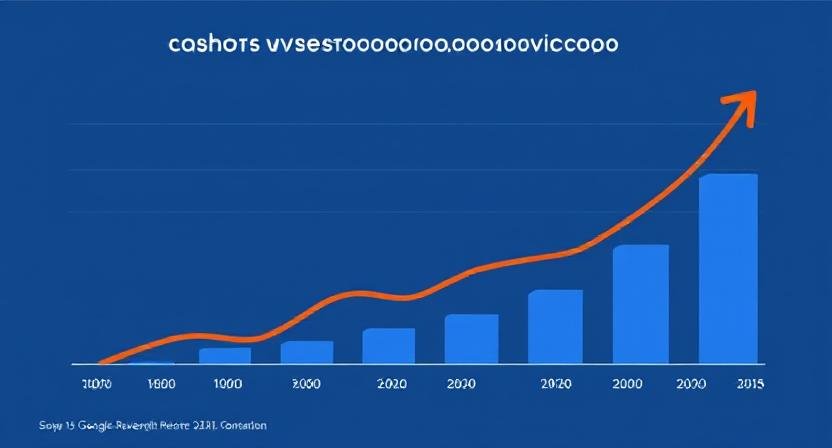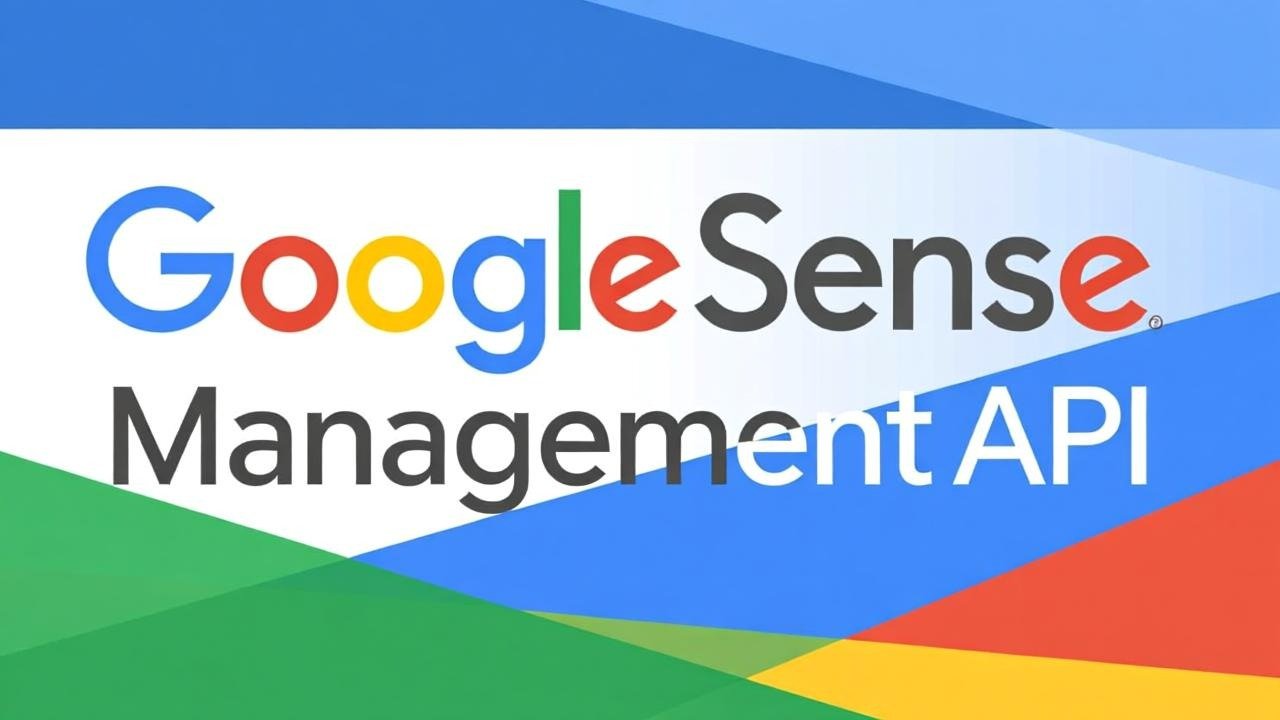Page load speed has become a critical factor in website success, impacting not only user experience but also SEO rankings and ad revenue performance. For websites monetized with Google AdSense, fast-loading pages mean more engaged visitors, increased page views, higher click-through rates, and ultimately, greater earnings. In today’s digital landscape of 2025, optimizing your website’s loading times is imperative for maximizing AdSense revenue and maintaining competitive advantage.
This comprehensive guide details proven techniques and best practices for improving page load speed to boost your Google AdSense earnings effectively.
Why Page Load Speed Influences AdSense Revenue
Better User Experience
Slow-loading pages frustrate visitors, leading to higher bounce rates and fewer ad impressions. A fast site keeps users browsing longer and increases the probability of ad interaction.
SEO Benefits
Google includes page speed as a ranking factor. Faster sites rank higher, attract more organic traffic, and provide more opportunities for ads to be served.
Higher Ad Viewability and CTR
Ads on quickly loading pages appear promptly and load fully, increasing their visibility and likelihood of clicks.
Key Metrics to Measure Page Speed Impact
-
Time to First Byte (TTFB): Time for the browser to receive initial response from the server.
-
First Contentful Paint (FCP): When the first visible content appears on screen.
-
Largest Contentful Paint (LCP): Time taken to render the largest visible element.
-
Cumulative Layout Shift (CLS): Measures unexpected layout shifts impacting usability.
-
Bounce Rate and Session Duration: Indicators of visitor satisfaction influenced by speed.
Strategies to Improve Page Load Speed for AdSense Optimization
1. Optimize Images and Media
Images often account for the largest data load on pages.
-
Compress images using tools like TinyPNG or ImageOptim.
-
Use modern formats like WebP for better compression without quality loss.
-
Implement lazy loading to defer offscreen images.
2. Minimize HTTP Requests
Reduce the number of resources fetched by the browser to accelerate rendering.
-
Combine CSS and JavaScript files where possible.
-
Remove unnecessary plugins or external scripts.
-
Use asynchronous loading for non-essential scripts.
3. Implement Caching and Content Delivery Networks (CDN)
Caching allows browsers to store static files locally and reuse them, reducing load times.
-
Set appropriate cache expiry times for images, scripts, and stylesheets.
-
Utilize CDN services like Cloudflare or Amazon CloudFront to deliver content from servers closest to users.
4. Optimize Server Response Time
Choose reliable hosting with adequate resources and minimal server latency.
-
Use HTTP/2 protocols for faster multiplexing.
-
Enable GZIP or Brotli compression for text-based files.
5. Prioritize Critical Content Rendering
Load essential content and ad placements first for quicker user interaction.
-
Use “above the fold” content optimization so visible parts load immediately.
-
Defer non-critical JavaScript and use minimal CSS for initial paint.
6. Monitor and Avoid Ad-Related Delays
Badly optimized or oversized ads can slow down pages.
-
Utilize responsive and optimized ad units from Google AdSense.
-
Limit third-party ad networks that increase latency.
-
Regularly audit ad scripts and remove slow or redundant ones.
7. Mobile Optimization
Since many visitors use mobile devices, optimize for slower networks and smaller screens.
-
Use AMP (Accelerated Mobile Pages) where applicable.
-
Ensure responsive design with fast CSS frameworks.
-
Test real-world mobile performance using tools like Google’s Mobile-Friendly Test.
Tools to Measure and Improve Page Load Speed
-
Google PageSpeed Insights: Provides actionable recommendations for desktop and mobile performance.
-
GTmetrix: Analyzes speed and highlights bottlenecks.
-
WebPageTest: Offers detailed loading waterfall charts and optimization advice.
-
Pingdom: Easy-to-understand speed and uptime monitoring.
Real-World Impact
Studies show that even a one-second delay in page load can reduce conversions by up to 20%. For AdSense, slowing loading pages directly decreases potential ad revenue due to lower engagement and higher bounce.
High Authority Resource
For an authoritative and detailed guide on page speed optimization, visit Google’s official documentation: Make the Web Faster.
Read More: How to Optimize Your Website for Seasonal Traffic and Maximize Google AdSense Earnings in 2025
Conclusion
Improving your website’s page load speed is a critical lever in maximizing Google AdSense revenue in 2025. Faster pages enhance user satisfaction, boost SEO rankings, increase ad visibility, and ultimately drive more clicks and earnings. By systematically optimizing images, scripts, hosting, and ad implementations, publishers can sustain growth and maintain a strong competitive edge.
Consistent monitoring and proactive adjustments ensure your site remains fast and profitable as web technologies and user expectations evolve.










